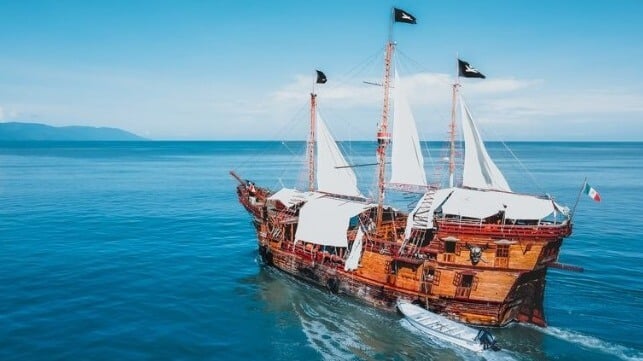The maritime industry represents a backbone of global commerce, with approximately 100,000 shipping vessels traversing the oceans at any given time, connecting continents and forming logistical networks. However, in light of the impending climate crisis, the sector confronts a pressing challenge: the International Maritime Organization (IMO) has mandated a reduction in carbon intensity by 40% by 2030 and achieving net-zero emissions by 2050.It is evident that this can only be accomplished through a transition to scalable green fuels.
Green methanol or blue/green ammonia
One promising substitute for fossil-based maritime fuels is green methanol. Methanol is currently already being produced on a large scale; however, it relies on fossil fuels and emits significant carbon back into the atmosphere.
There are two primary pathways for producing green methanol:
1. Biomass-derived methanol: In this process, methanol is synthesized from biomass feedstocks such as agricultural residues, energy crops, or municipal solid waste. The biomass is gasified to produce syngas (a mixture of carbon monoxide and hydrogen), which is then catalytically converted into methanol.
2. Carbon dioxide (CO2) and green hydrogen: This process combines captured CO2 (from industrial sources or directly from the air) with green hydrogen produced via electrolysis using renewable electricity. The CO2 and green hydrogen are catalytically converted into methanol.
The second method has the additional benefit of capturing CO2 from the atmosphere, but it poses significant hurdles. For one, CO2 is highly unstable, and electrolyzing it with green hydrogen generates an excessive amount of water, which is detrimental to the process.
Another promising alternative to fossil-based maritime fuels are blue and green ammonia. Green ammonia is produced by combining green hydrogen with nitrogen from the air, resulting in an effectively carbon-free fuel. Blue ammonia, on the other hand, is synthesized from natural gas, with the associated carbon dioxide captured and stored or utilized, thus hugely reducing yet not completely eliminating carbon emissions. Both green and blue ammonia possess higher energy density than conventional fuels, making them appealing for long-distance shipping. However, they face challenges such as the need for specialized infrastructure and the relatively early stage of development for green ammonia production and use in maritime applications.
Catalyst technologies for green fuels
It is crucial to optimize and stabilize the complex and currently very costly processes to produce either green methanol or blue/green ammonia if either is to be successfully scaled.
One method of doing this is through the use of smart catalysts. Clariant has specifically developed catalyst technologies tailored to the production processes of green fuels for the maritime sector, for example, reducing the amount of water excreted during electrolysis to make green methanol. This catalyst is already employed in 30% of global green methanol production by clients like Maersk, directly contributing to global carbon neutrality objectives. Catalysts should also be utilized to streamline production of blue/green ammonia, where they can significantly expedite the process.
Beyond production optimization, to achieve widespread adoption of either green methanol and green/blue ammonia in the maritime sector, several obstacles must be addressed, including substantial investments in production facilities, distribution infrastructure, and retrofitting or constructing new vessels. Clear and consistent regulatory frameworks, collaboration across the value chain, and public awareness and acceptance are also crucial.
If green methanol and green/blue ammonia are successfully scaled and adopted in the maritime sector, the world could witness a significant reduction in greenhouse gas emissions from shipping activities, contributing to mitigating the impacts of climate change and paving the way for a more sustainable future.
The development and adoption of these fuels could drive innovation, create new economic opportunities, and foster collaboration across industries and nations, enabling the maritime sector to play a vital role in achieving the global goal of net-zero emissions.
Source: World Economic Forum









